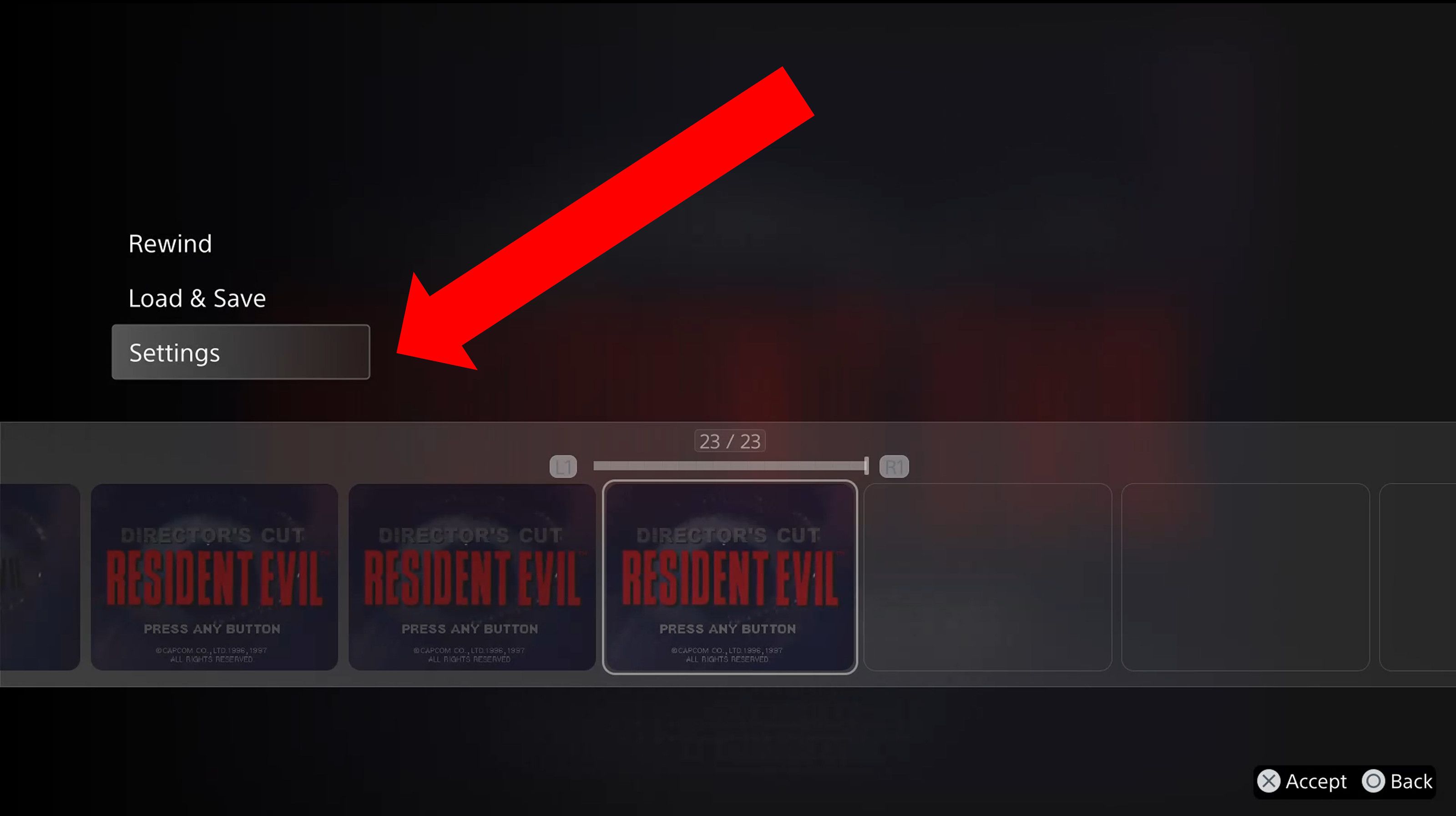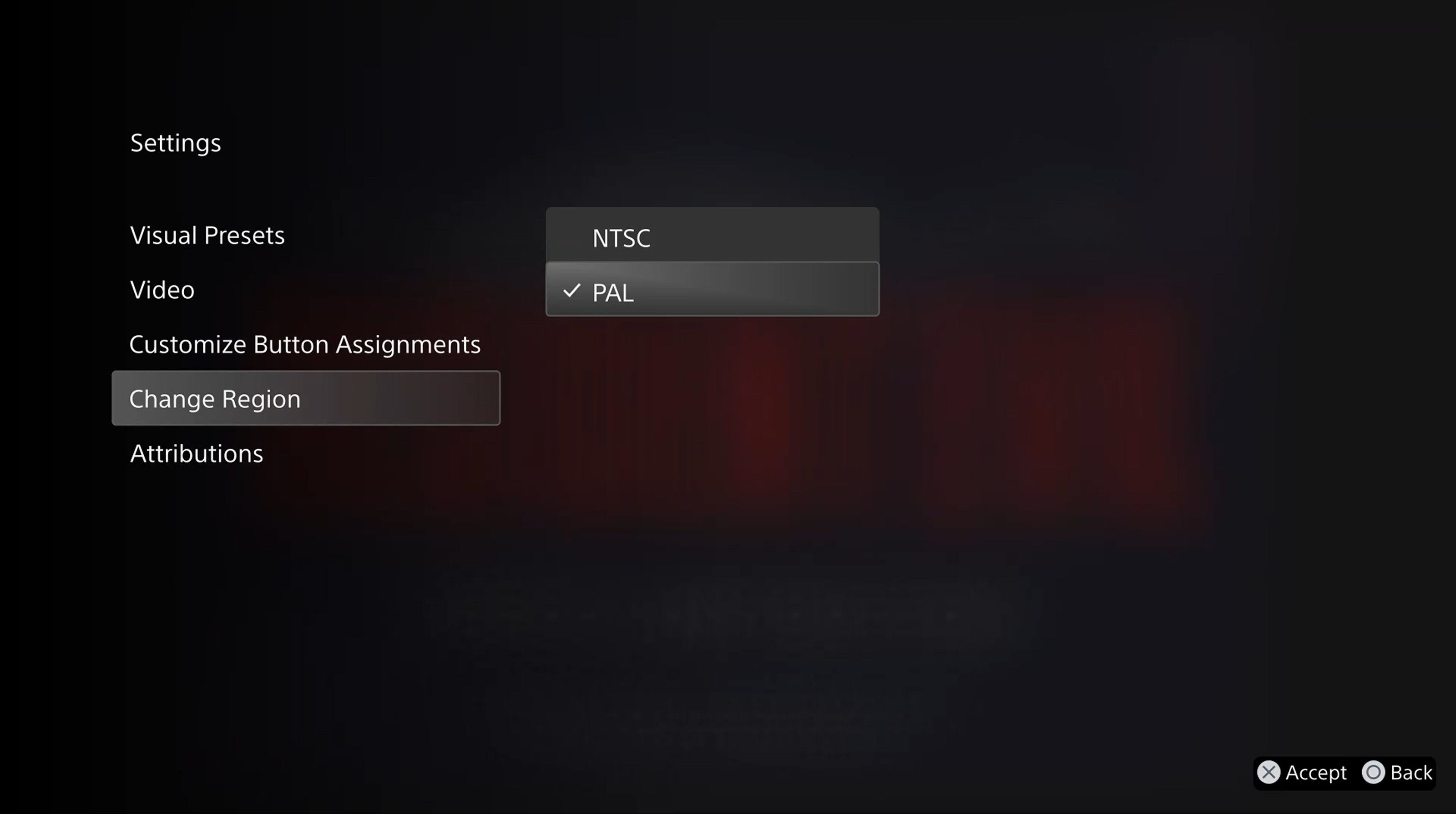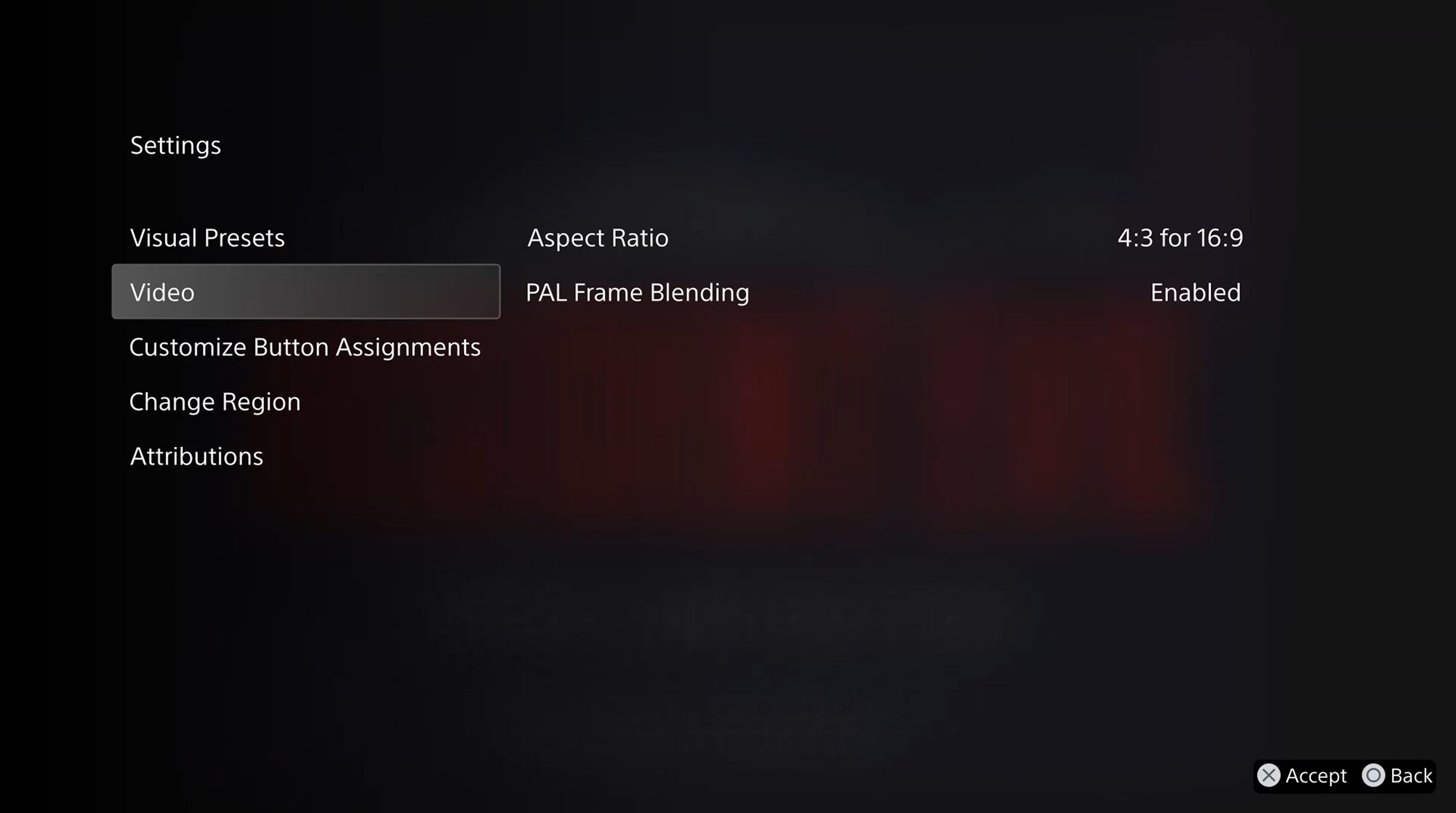Summary
- Almost all PS1 Classics have been updated to include the option to swap between NTSC and PAL versions.
- NTSC versions provide better performance for PS1 games than their PAL counterparts due to higher frame rates.
- Players can easily swap between NTSC and PAL versions from the emulator’s settings menu.
Back in 2022, Sony launched the PlayStation Classics catalog—a collection of PS1 emulations available to download through PSN. Some of these emulations were based off the versions released in non-U.S. regions, but that issue has now mostly been fixed..
The Problem With the PS1’s PAL Versions
Before we get into why the addition of NTSC versions is important for the PlayStation Classics games, it’s important to understand the difference between NTSC and PAL releases. NTSC is the display standard for analog televisions in North America, though it’s also used in Japan, Central America, and certain parts of South America. Similarly, PAL is the display standard for analog televisions predominately used in Europe, Australia, as well as some parts of South America, Asia, and Africa.
There are a few other key differences between the NTSC and PAL standards. Analog NTSC devices have a refresh rate of 60 Hertz (Hz), whereas PAL devices have a lower 50 Hz refresh rate. That doesn’t mean the NTSC standard is necessarily better, as PAL devices are also capable of broadcasting and displaying video at higher resolutions than NTSC televisions.
So how does this apply to the PS1? Simply put, most NTSC PS1 games featured better performance than their PAL counterparts. NTSC games on the PS1 typically run at 30–60 frames per second (FPS), but PAL versions only run at 25-50 FPS. This small difference in frame rate can have a significant impact on a game’s performance, resulting in some PAL games suffering from unusually choppy animations and jarring camera movements.
PS1 games also rarely took advantage of the PAL standard’s higher resolution, meaning they almost never benefited from any visual improvement to compensate for their reduced frame rates.
It should be noted that some games were better optimized for PAL regions than others. Games developed within PAL regions were usually designed around the format’s lower frame rates, resulting in titles that featured smooth performance across all versions. Unfortunately, most PS1 games were developed for the NTSC standard, meaning PAL versions were usually subjected to noticeable performance downgrades.
Most PS1 Classics Now Include Both Versions
Many PS4 and PS5 owners were disappointed to discover that many PS1 Classics were based on the inferior PAL versions of their respective games, even for players in other regions. Games like Ape Escape and Resident Evil: Director’s Cut suffer the most from the reduced frame rate due to their reliance on fast-paced action or quick reaction times.
Thankfully, almost every PS1 game in the PlayStation Classics collection has since been updated with an option to swap between the NTSC and PAL versions.
According to a ResetEra thread created by user “andshrew”, NTSC versions are currently available for 43 of the 45 PS1 Classics games. There are some exceptions—Worms Armageddon and Kurushi Final: Mental Block are still lacking NTSC versions. A few other games like Tekken 2 and Mr. Driller are only playable in their NTSC versions, though that may be because of severe performance issues in their PAL releases.
While the NTSC versions feature better performance, there are still a few reasons for some players to prefer the PAL versions. Some PAL games include exclusive multi-language options that aren’t available in other releases, while others feature entirely different English voice dubs and translations—some of which are better than their North American counterparts.
How to Swap Regions in PS1 Classics
For the PS1 Classics titles that support region swapping, switching between the PAL and NTSC versions is simple.
While the emulator is running, open the settings menu by pressing the Options button on your controller, then select “Settings.”
In the settings menu, select “Change Region” and choose the regional standard you want to use.
It should be noted that the PAL and NTSC versions function as two separate games, meaning any save data or save states recorded in one version cannot be used in the other.
Some games also include an option to enable frame blending while playing the PAL versions. Frame blending allows PAL games to run at 60 Hz by duplicating frames to match the display speed of the NTSC versions. To enable PAL frame blending, start by opening the emulator menu and entering the “Video” tab.
Select “PAL Frame Blending” and choose “Enabled” from the pop-up menu. You can also return to this menu to disable the feature.
While frame blending can be helpful if you prefer a game’s PAL version, it can result in visual artifacts and other unintended graphics bugs. The severity of these issues differs between each game, but most of the PlayStation Classics emulations are better without frame blending.
Although the PlayStation Classics releases aren’t the best way to revisit PS1 games, they are in a much better state than when they first launched. If you want a convenient and affordable way to play PS1 games on modern consoles, the PlayStation Classics collection is definitely worth considering.







